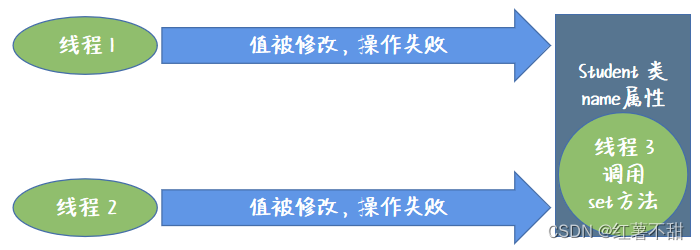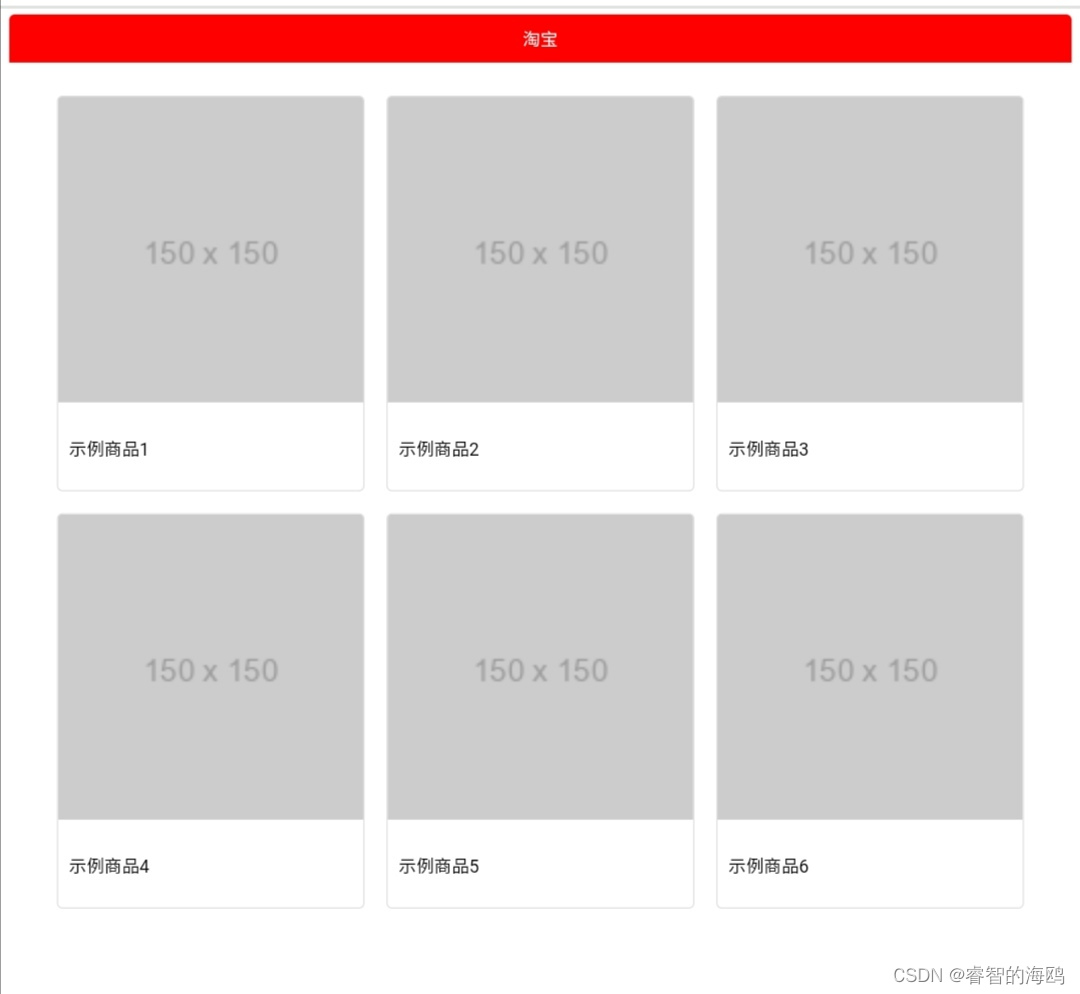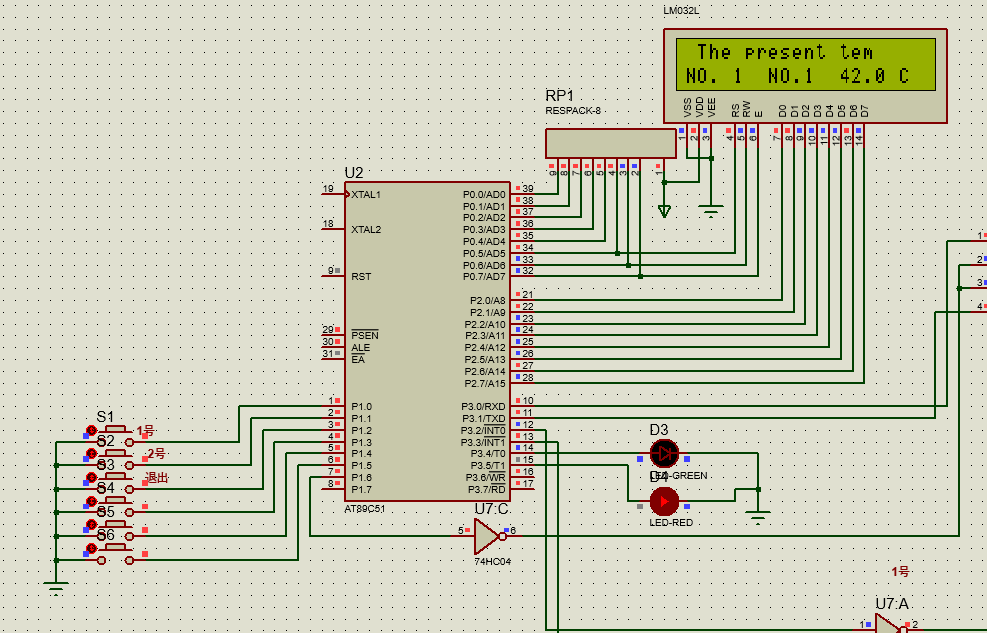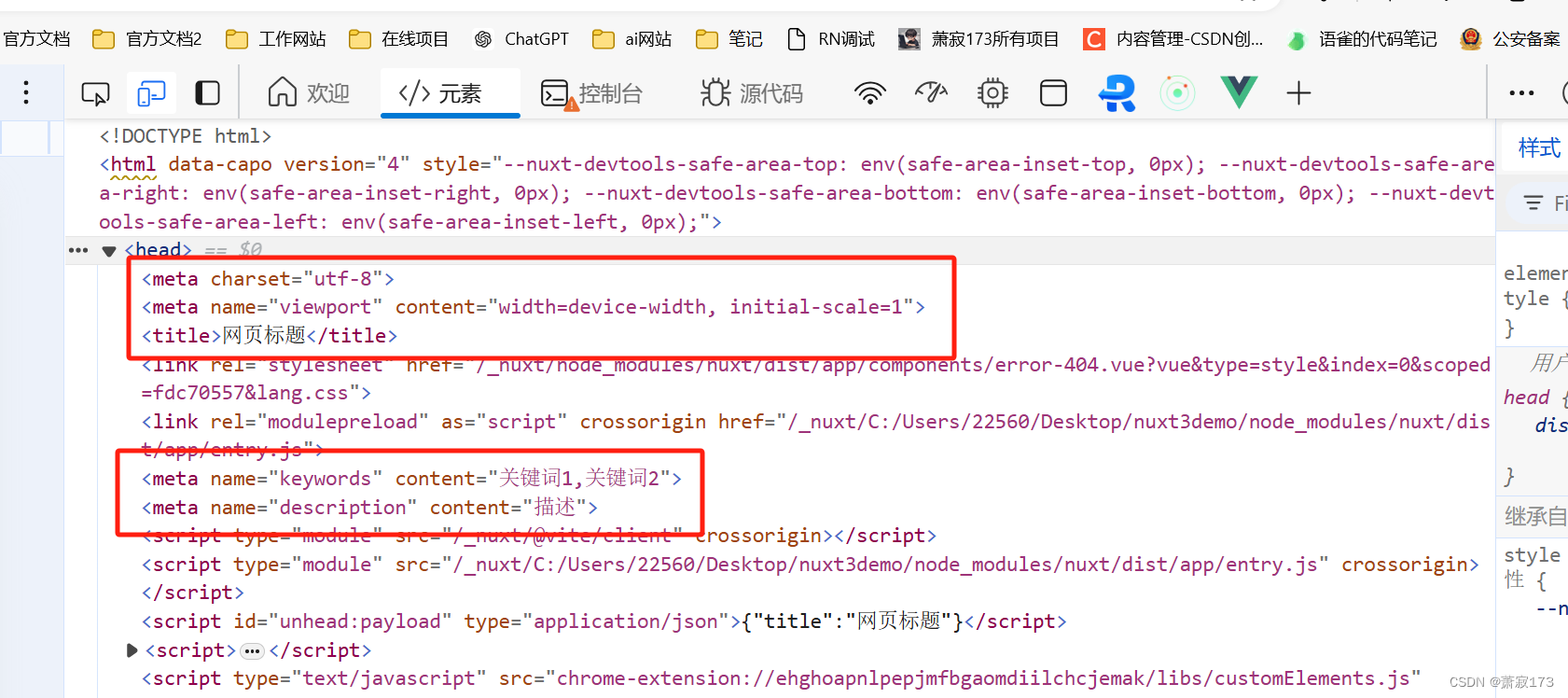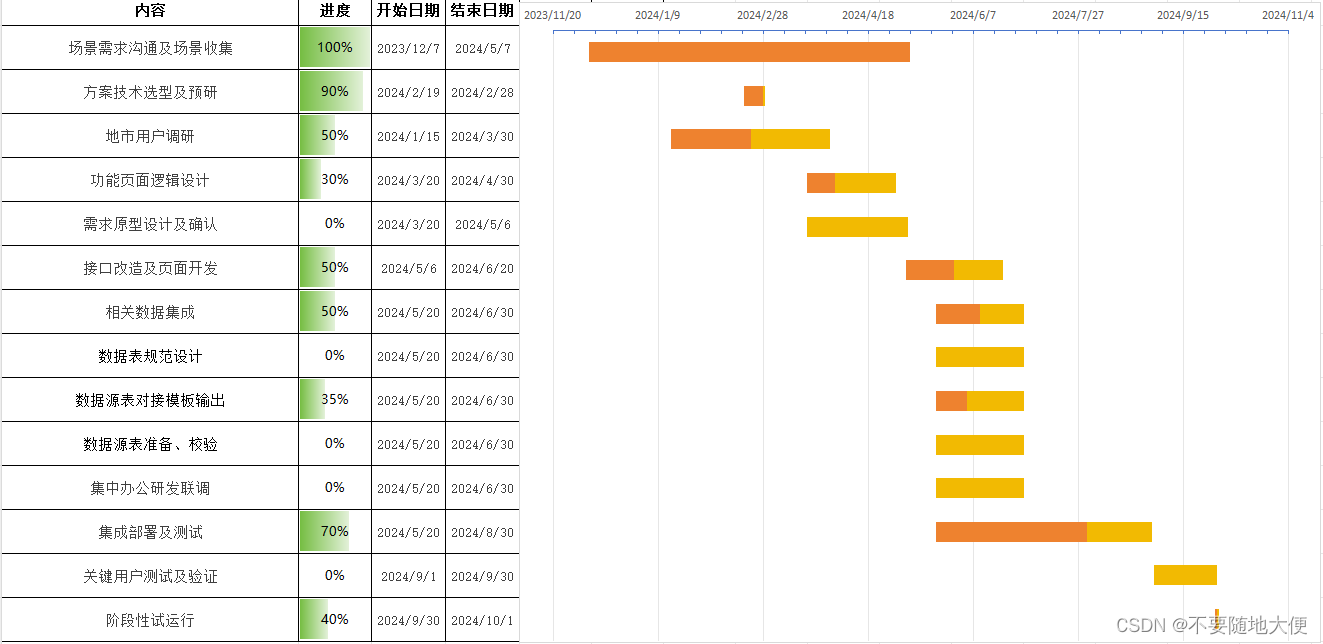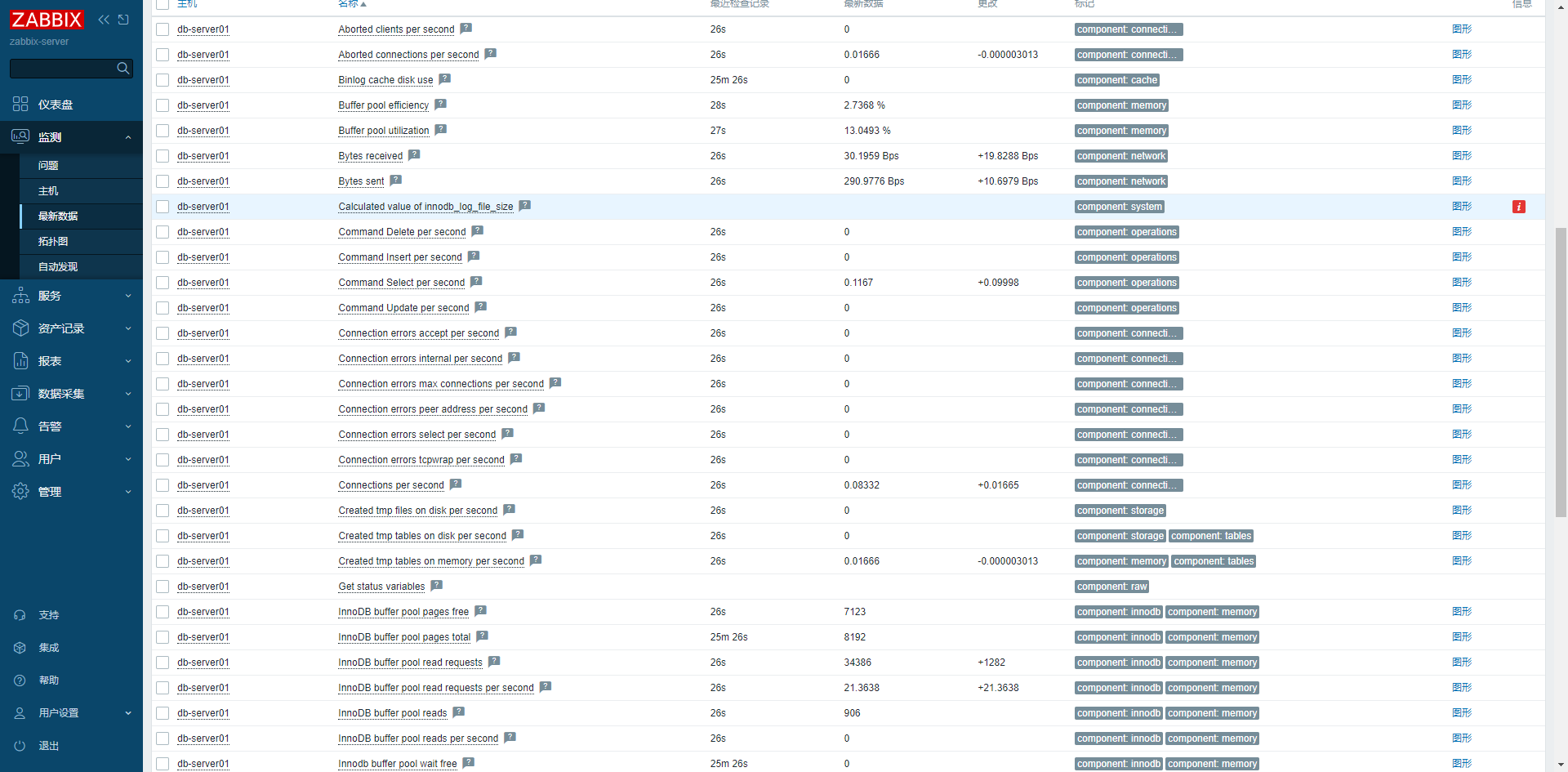动力降尺度
国际耦合模式比较计划(CMIP)为研究不同情景下的气候变化提供了大量的模拟数据,而在实际研究中,全球气候模式输出的数据空间分辨率往往较低(>100Km,缺乏区域气候特征,为了更好地研究不同情景下,某一区域的气候变化特征,我们往往需要更高分辨率的模拟数据。此时便需要对全球模式输出的数据进行降尺度研究,将大尺度信息变量与小尺度信息变量建立联系,获得更多的小尺度的变量。通常,降尺度可分为(1)动力降尺度 (2)统计降尺度 (3)二者结合降尺度
动力降尺度通常是将全球模式输出的数据作为驱动场,输入至区域气候模式中,从而获取描述区域气候特征的更高分辨率数据。WRF作为最常用的中尺度天气预测模式,将其与最新的CMIP6全球模式数据结合,是动力降尺度最常用的方法。
下面以CMIP6数据中的MPI-ESM2-HR数据为例,展示使用CMIP6数据驱动WRF的基本步骤。
对于CMIP6驱动WRF,已有老师在github上上传了基于python的工具包,习惯在LINUX下使用python的用户可以尝试:cmip6-to-wrfnterm
基本思路都是类似的,只不过本文主要是基于服务器现有的NCL、CDO与shell脚本实现。
CMIP6数据准备
本次使用的模式为MPI-ESM2-HR数据,空间分辨率为100km,选择原因:数据全面、分辨率好、应用较多,可自己根据需求去官网下载数据。
本次所需下载并驱动的变量有:
``
| v_name | wrf_name | units | dim | desc | notes |
|---|---|---|---|---|---|
| ps | PSFC | Pa | 2d | surface pressure | |
| psl | PMSL | Pa | 2d | Mean sea-level pressure | |
| zg | GHT | m | 3d | geopotential height | |
| ta | TT | K | 3d | air temperature | |
| tas | TT | K | 2d | 2-m temerature | |
| ua | UU | m s-1 | 3d | u-component wind; | |
| uas | UU | m s-1 | 2d | `10-m u-component wind | |
| va | VV | m s-1 | 3d | v-component wind | |
| vas | VV | m s-1 | 2d | 10-m v-component wind | |
| hus | SPECHUMD | kg kg-1 | 3d | specific humidity | |
| huss | SPECHUMD | kg kg-1 | 2d | 10-m specific humidity | |
| ts | SKINTEMP | K | 2d | Skin temperature | |
| tsl | ST000010 | K | 2d | 0-10cm soil temperature | |
| tos | SST | K | 2d | Sea temperature | optional |
| mrsos | SM000010 | m3 m-3 | 2d | 0-10cm soil moisture | |
| snw | SNOW | kg m-2 | 2d | snow mass | optional |
| sic | SEAICE | 1 | 2d | seaice | optional |
下载数据命名一般为以下格式:
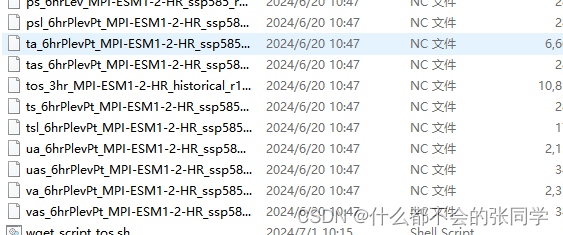
变量名称_时间分辨率_层级_模式名称_情景名称_年份时间,在MPI-ECSM-HR变量的对应需要去自行查询变量表格、
预处理
首先由于下载的数据通常是10年一个,致使在实际使用时,我们首先要将需要对应时段的变量提取出来,同样的,为了后续使用shell脚本更好地进行批量处理,这些变量应当以一种特定的格式命名。
使用cdo 的selvar seldate功能,并结合shell脚本,便能很好的完成:
#!/bin/bash
#suffix="_6hrPlevPt_MPI-ESM1-2-HR_ssp126_r1i1p1f1_gn_201501010600-202001010000.nc"
startdate=$1
enddate=$2
#date1=$1
hlist=("00" "06" "12" "18")
varlist=("ta" "ua" "va" "zg" "tas" "uas" "vas" "ts" "tsl" "snw" "hus" "huss" "psl")
var2d=("tas" "uas" "vas" "ts" "tsl" "snw" "huss" "psl")
var3d=("ta" "ua" "va" "zg" "hus")
#echo ${date1}
do
date1=`date -d "${startdate}" +%Y-%m-%d`
echo ${date1}
for var in ${var2d[@]}
do
echo ${var}
for hour in ${hlist[@]}
do
echo ${hour}
out_filename=${var}_${date1}_${hour}.nc
#input_filename=${var}${suffix}
input_filename=`ls ${var}_*ssp*`
echo ${out_filename}
echo ${input_filename}
cdo -seldate,${date1} -selhour,${hour} -selname,${var} ${input_filename} ${out_filename}
echo "cdo done"
done
done
startdate=`date -d "+1 day ${startdate}" +%Y%m%d`
done
在运行时,输入bash run.sh startdate enddate便可将相应时间段提取并输出为变量_时间的形式,如:

注意:下载的CMIP6数据变量存在2D与3D区别,在处理3D变量,如ua va时,cdo还应当加上sellevel-提取对应的层数,这是由于该数据中ua va的垂直层仅有7层,而ta hus zg则有28层,在后续运行WRF时,3D数据的层次应当保持一致!!!
处理好后的数据,为了方便,根据2d与3d的不同将其合并:
#!/bin/bash
var3d=("ta" "ua" "va" "zg" "hus")
var2d=("tas" "uas" "vas" "ts" "tsl" "snw" "huss" "psl")
#date1=$1
startdate=$1
enddate=$2
hlist=("00" "06" "12" "18")
while [[ ${startdate} -lt ${enddate} ]]
do
for hour in ${hlist[@]}
do
date1=`date -d "${startdate}" +%Y-%m-%d`
echo ${date1}
echo ${hour}
suffix=${date1}_${hour}.nc
echo ${suffix}
outputfile=MPI_HR_${date1}_${hour}_00:00.nc
echo ${outputfile}
cdo merge ta_${suffix} ua_${suffix} va_${suffix} zg_${suffix} hus_${suffix} 3D_${outputfile}
#cdo merge tas_${suffix} uas_${suffix} vas_${suffix} ts_${suffix} huss_${suffix} tsl_${suffix} psl_${suffix} snw_${suffix} 2D_${outputfile}
done
startdate=`date -d "+1 day ${startdate}" +%Y%m%d`
echo ${startdate}
done
运行后可得到2d_MPI_HR和3dMPI_HR文件。
插值
我们应当注意的是,CMIP6的经纬度很多时候并不是等经纬度间距的,比如我下载的数据就是100km,在海洋上分辨率有时达到50km。这就使得我们在运行之前,首先要将其插值到均一的lat/lon坐标下,否则WRF将很难处理。
值得注意的是,CMIP6数据可分为大气与海洋两部分,而大气的经纬度与海洋的经纬度则存在差异,比如,大气的经纬度数据为一维数据,海洋则以二维数据给出,因此插值时需要分开处理。请在插值前弄清楚变量的经纬度网格。
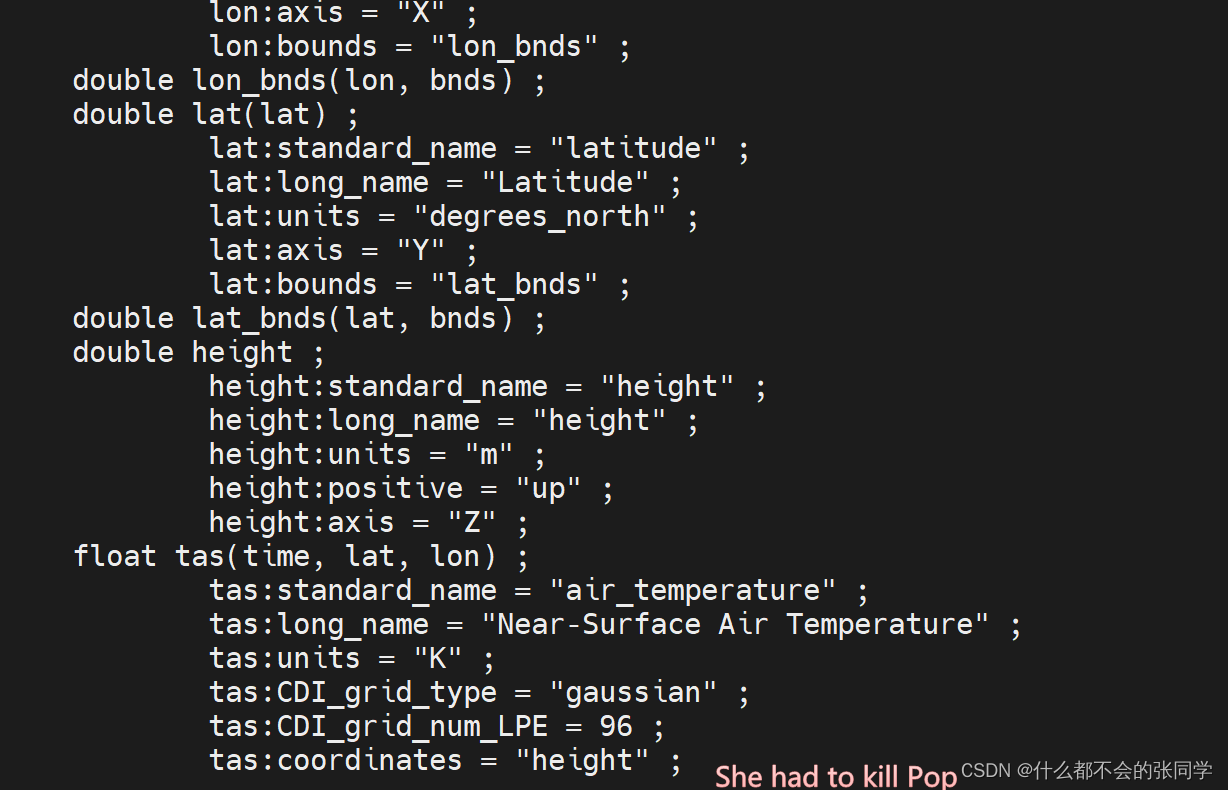
tas经纬度,以一维表征

tos经纬度网格为曲线网格,经纬度为二维形式
对于两种在ncl中使用不同的插值函数即可,对一维使用rectilinear_to_SCRIP将经纬度转为映射文件,在使用ESMF_regrid_with_weights插值,对二维曲线网格,使用curvilinear_to_SCRIP函数,再使用ESMF_regrid_with_weights插值。
以下为插值的代码示例:
undef ("regrid_MPI")
function regrid_MPI(fname:string,inputv:numeric)
local regrid_var,MPI_var,lat,lon,inputf
begin
inputf=addfile(fname,"r")
lat=inputf->latitude
lon=inputf->longitude
Opt = True
Opt@SrcRegional = True
Opt@ForceOverwrite = True
Opt@PrintTimings = True
Opt@Title = "MPI-ESM1"
Opt@CopyVarAtts = True
;Opt@GridMask = where(.not.ismissing(zg),1,0)
Opt@CopyVarCoords = False
srcGridName = "SCRIP_MPI-ESM1_grid"+".nc"
curvilinear_to_SCRIP(srcGridName, lat,lon, Opt)
delete(Opt)
;----------------------------------------------------------------------
; Convert destination grid to a SCRIP convention file.
;----------------------------------------------------------------------
dstGridName = "dst_SCRIP.nc"
Opt = True
Opt@LLCorner = (/ -90.d, 0.d/)
Opt@URCorner = (/ 90.d,360.d/)
Opt@ForceOverwrite = True
Opt@PrintTimings = True
latlon_to_SCRIP(dstGridName,"1x1",Opt)
;---Clean up
delete(Opt)
;----------------------------------------------------------------------
; Generate the weights that take you from the NCEP grid to a
; 1x1 degree grid.
;----------------------------------------------------------------------
wgtFileName = "MPI_2_Rect.nc"
Opt = True
Opt@InterpMethod = "bilinear" ; default
Opt@ForceOverwrite = True
Opt@PrintTimings = True
ESMF_regrid_gen_weights(srcGridName,dstGridName,wgtFileName,Opt)
delete(Opt)
;---------------------------------
;----------------------------------------------------------------------
; Apply the weights to a given variable
;----------------------------------------------------------------------
Opt = True
Opt@PrintTimings = True
;---In V6.1.0, coordinates and attributes are copied automatically
regrid_var = ESMF_regrid_with_weights(inputv,wgtFileName,Opt)
;printVarSummary(regrid_var)
return(regrid_var)
end
在这里定义了一个regird_mpi函数,在使用是输入文件名以及要插值的变量即可,根据经纬度网格点不同,可将该函数中的curvilinear_to_SCRIP和rectilinear_to_SCRIP相互替换。
WRF中间文件撰写
最后,要将插值后的变量数据,转写为WPS的中间文件,该中间文件可直接被metgrid.exe读取,并生成met_em文件。
ncl中就有现成的函数,需要注意的是,撰写时变量的FIELD应当包括在METGRID.TBL中相同,否则metgrid无法识别。
如果数据是2d,则直接撰写,如果数据为3d,则根据层数,循环一层层写:
; for 2d variable
FIELD_ICE = "SEAICE"
UNITS_ICE = "1"
DESC_ICE = "ocean seaice"
FIELD_ST = "SST"
UNITS_ST = "K"
DESC_ST = "sea surface temperature"
re_sic=regrid_MPI(data_filename,sic)
; re_tos=regrid_MPI(data_filename,tos)
opt = True
opt@projection = 0 ; "Equidistant_Lat_Lon"
opt@date = DATE1
opt@map_source = "1×1"
opt@startloc = "SWCORNER" ; 8 chars exact
opt@startlon = 0
opt@startlat = -90
opt@deltalon = 1
opt@deltalat = 1
;opt@is_wind_earth_rel = False
opt@is_wind_earth_relative = False
opt@level = 200100
wrf_wps_write_int(WPS_IM_root_name,FIELD_ICE,UNITS_ICE,\
DESC_ICE,re_sic,opt)
pnew2=(/925,850,700,600,500,250,50/)*100
; For 3D variables
do jlev=0,NLEV2-1
opt@level = pnew2(jlev)
wrf_wps_write_int(WPS_IM_root_name,FIELD_U,UNITS_U,\
DESC_U,UonP(jlev,:,:),opt)
wrf_wps_write_int(WPS_IM_root_name,FIELD_V,UNITS_V,\
DESC_V,VonP(jlev,:,:),opt)
end do
最后使用WPS文件夹下的util/./rd_intermediate.exe 确认是否读取成功,关于这一部分,可参考我以前的博客:撰写WPS intermediate file添加海冰场
初始化
将输出的中间文件链接至WPS文件夹,修改namelist.wps文件夹&metgrid部分的fg_name,使其读取我们撰写的中间文件。
 之后的步骤就和普通运行WRF一样了,请注意由于数据本身的性质,土壤层数与垂直层数量较少,在设置namelist时记得修改与其保持一致。
之后的步骤就和普通运行WRF一样了,请注意由于数据本身的性质,土壤层数与垂直层数量较少,在设置namelist时记得修改与其保持一致。
要点(坑)
主要的坑在于数据本身。
- 3D数据垂直层不一致,ua与va数据仅有7层,而ta hus zg等数据却又有8层,因此在撰写文件时必须注意对应层数保持一致。
- 经纬度格点不一致,注意经纬度各点的类别,在插值时注意区分。
- CMIP6数据本身并不是再分析资料,而是预测气候变化的模型输出,常常会出现数据量与WRF所需不对应的问题,请注意各个变量描述。
- 除了2D与2D以外,也可以使用CMIP6的2D静态数据,如LANDSEA,步骤类似,主要是通过namelist.wps中的constant_name来设置读取。
相关代码与数据已经发布在Github上,请查询:Write_CMIP_to_wps_int


